Which Is Better Solar Screens Or Window Tinting?
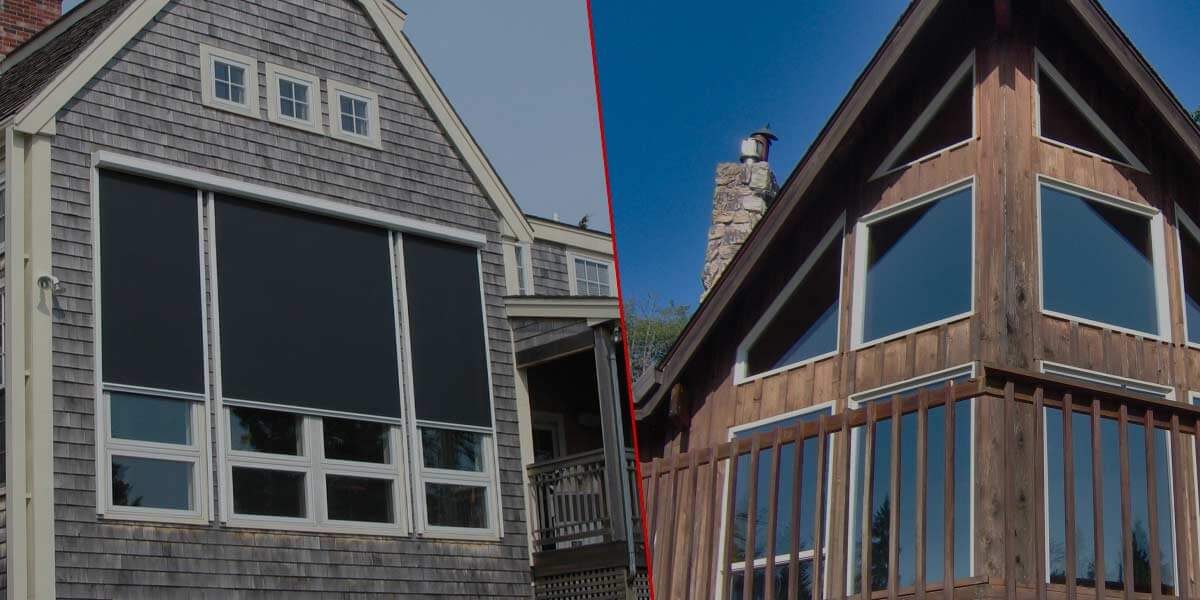
Solar screens and window tinting film serve the same purpose: to shade your house from the sun. They are both relatively inexpensive, easy to install, and come in various styles and colors. Both offer advantages and disadvantages in terms of energy efficiency, cost-effectiveness, and overall aesthetics.
The difference is that solar screens work by blocking UV rays while window tinting does not. It’s often difficult for homeowners to decide which option is best for them.
What Are Solar Screens?
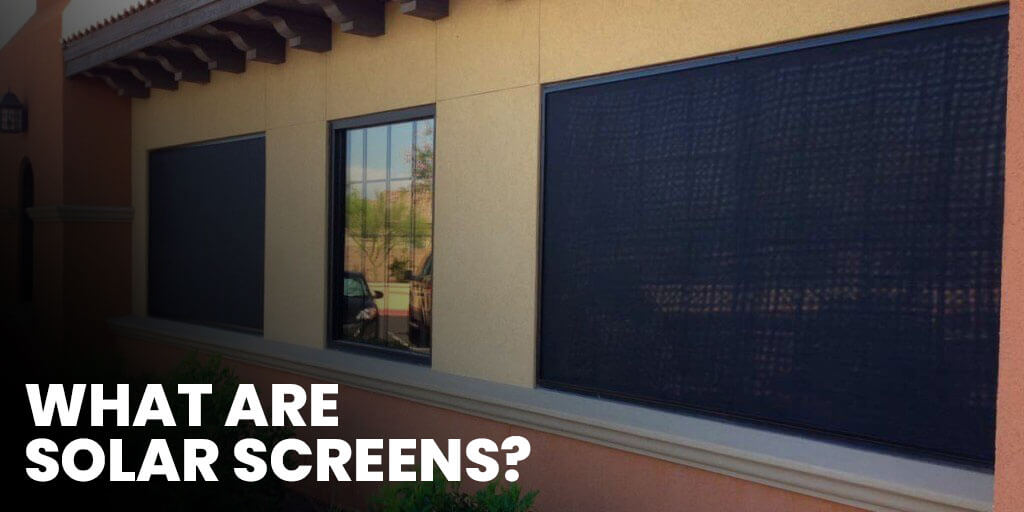
Solar screens are dark screen panels that are installed inside of your windows. They reflect the brightness of the sun, ensuring that no glare from the sun enters your home. Solar screens, or sun control window films, are made of a unique material that can block up to 90% of the sun’s rays. They are thin, lightweight, and easy to install on your windows.
Solar screens have been around for a while. You may not have heard of them, but they are the perfect solution for keeping the sunlight out of your home while still letting light in.
They come in various colors. The solar screens will not only reduce your energy costs by cutting back on how much heat penetrates your home or office, but they will also make your home or office more comfortable to be in.
By blocking the sun’s rays, solar screens make it easier to control the indoor temperature during hot days. This makes them an excellent choice for those living in warmer climates. Because the screen’s airflow absorbs 70% of the heat, reflects 10%, and dissipates the remaining 10%.
Solar screens are becoming more and more popular in the market because of their many benefits.
Pros
- Cost Effective
- Reduce reflections from your window
- Wide variety of choices
Cons
- May not look nice from the outside
What Are Tinted Window Screens?
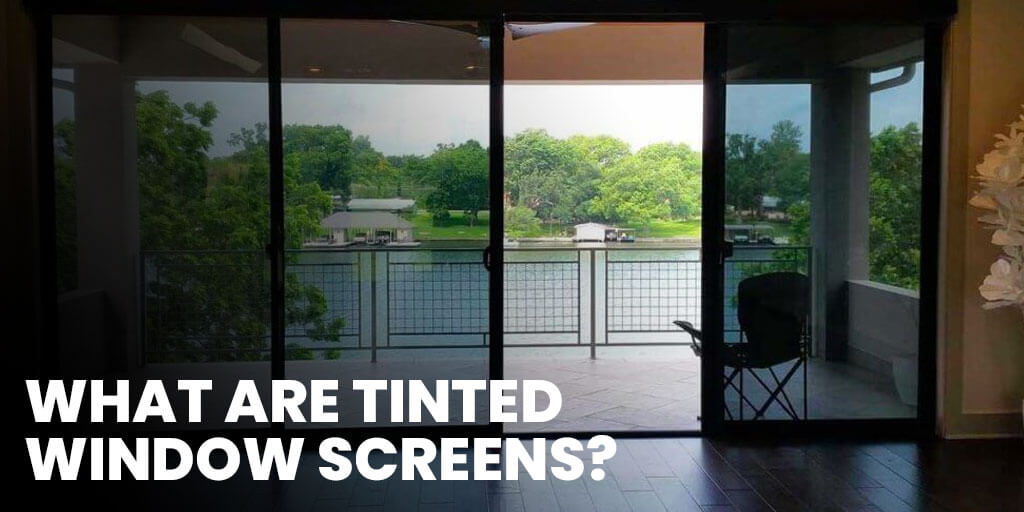
Window tinting is a laminate film that can be applied to your home windows, much like the film or tint on a car or glasses. It keeps the temperature lower, blocks the sun’s glare, and prevents sun fade on furniture by reducing UV rays from entering the interior.
Tinted screens are a great way to improve the aesthetics of your home while also improving your overall viewing experience. Polyester and other colored, metal-coated materials are frequently used to make window tints. Tints come in various colors, giving you more options for your interior design.
If you’ve ever seen an office with a tinted glass door or have been inside the lobby of a mall and noticed tinted glass on the windows, you may know that it reduces the amount of light that comes through. But that’s not the only reason to consider adding tinting to your glass.
In addition to blocking out light, tinted windows are also used in various industries as privacy screens. They provide security and protection for storefronts, retail shops, commercial buildings, banks, financial institutions, and even residential homes. While tinted screens have some pros and cons, it is essential to know that they can be an excellent solution for many people.
Pros
- Improves Privacy and Security
- Reduces electricity bills
- Protects you from UV rays
Cons
- Obstruct vision when the weather is not clear.
Similarities between Solar Screens and Window Tinting
Solar screens are essential for blocking the sun’s harmful rays. Most people know that they help keep the house cool during the hot summer months, but solar screens do much more than just insulate your home. Many people compare window film with solar shades, but there are a lot of similarities between them. Here are some ways they are alike:
- They both prevent the fading of furniture and carpeting.
- Customers should expect a clean view with decreased glare when looking out your windows through solar screens or window tint.
- They both keep the house cool without using energy-consuming air conditioners.
- They both block the sun’s UV rays and heat.
Solar Screen vs Window Tint
| Window Tint | Solar Screen | |
|---|---|---|
| Window Aesthetics | Windows tints look a lot better and last a lot longer than solar screens | Solar screens will need to be replaced within 7-10 years after being installed. They may look ugly from the outside as well. |
| Outside View | The outside view depends on the sunlight. You should be able to see through the tint if it is brighter outside. | The open weave fabric of the solar screen allows you to see through the screen clearly. |
| Cost | Window tints are a lot cheaper to install. | Installing solar screens are costly, but they save a lot of money in the long term. |
| Efficiency | Window tints are efficient in absorbing the heat of the sun. | Solar screens are the most efficient tool in absorbing and reflecting the sun’s heat. |
| Rebates | Window tints have no rebates currently | Rebate of $.80 per square foot to home customers |
| Installation | Easy to install. | Installing Solar screens can be a little complicated. |
Window tinting and solar screens both provide protection from the sun. They also offer different benefits. Solar screens are mainly used to help reduce the amount of direct sunlight that enters your home and office. They are easily customized to help block out a certain percentage of light, ranging from 5% to 60%.
If you have just moved to the city or live in a heavily populated neighborhood, chances are you have noticed that some of your neighbors have installed tinted windows. Although this may seem like an unnecessary expense, there are many benefits to having these windows.
Window tinting is a process that darkens the glass on your windows and reflects UV rays, thus reducing the amount of heat entering and exiting the room. Window tinting also reduces glare from outside light sources and helps to keep your interior cool.
1. Window Aesthetics
Window film has a significantly superior appearance. After only three years, solar screens will begin to weaken, especially in places with intense sunlight. They will almost certainly need to be changed after ten years.
With a faded, dull net covering all of your shiny glass, the exterior of your property would appear dull and dingy. Once put on your glass, the window film will never fade and will be almost unnoticeable. Your home’s windows will shine for years to come, thanks to a lifetime guarantee against fading.
2. Outside View
The open weave fabric of solar screens allows light and air to pass through. During the day, you can see out but not in, and passers-by cannot. At night, however, the impact is reversed.
One side of reflective window film may always be seen through; which side is visible depends mainly on the light. You’ll be able to see through the film from the inside out if it’s brighter outdoors.
3. Cost
Experts usually install solar screens between $120 – $480 per window. Large windows, such as floor-to-ceiling windows and custom windows, as well as a large number of windows, can raise these rates.
While the cost of installation may appear to be costly at first, it can save you far more money than it costs. Solar sunscreens can save you up to 25% to 35% on your electricity bills. Most consumers discover that their screens have paid for themselves in one, two, or five years. As a result, they are cost-effective for window and door replacement.
It’s crucial to think about the long-term costs. Window tint, for example, does not provide the optimum energy efficiency and, therefore, you are unlikely to save much money on your energy bill. While this does not always cost money, it also does not save money. As a result, the overall value decreases.
In addition to energy efficiency, you are liable for future repairs or replacements if your warranty is voided. A tint is costing you money in this scenario. If you want to completely avoid paying for solar screen installation, you can always do it yourself ( learn how to attach solar screens ), but that would be time consuming task.
4. Efficiency
Solar screens are more effective than window tints at reducing heat transfer. In fact, they’re frequently hailed as the most effective way to keep the sun out of your home. Solar screens are mounted on the exterior of windows, preventing heat from entering the house and drastically lowering the temperature inside.
The exterior of your windows is exposed to 100% of the sun’s heat with window tint. The tint then tries to keep the heat from the windows out of the house. Solar screens are also more efficient because they function whether your windows are open or closed. They allow you to enjoy the wonderful weather while keeping damaging infrared and UV rays out.
5. Rebates
SRP is currently giving a rebate of $.80 per square foot to home customers who install protective solar screens on their windows—a savings of thousands of dollars. At this time, there is no active rebate offers for residential window tints.
6. Installation
The way the two technologies are installed is one of the most significant differences between them. Solar screens are installed on the outside of the house (slightly raised from the windows, similar to regular insect screens), and window film or tint is applied to the inside of the windows.
Conclusion
Overall, both treatments are effective and provide sun protection. Light appears and feels softer and more diffused with window film. However, solar screens offer additional privacy and reduce the amount of heat that enters the home in the first place.




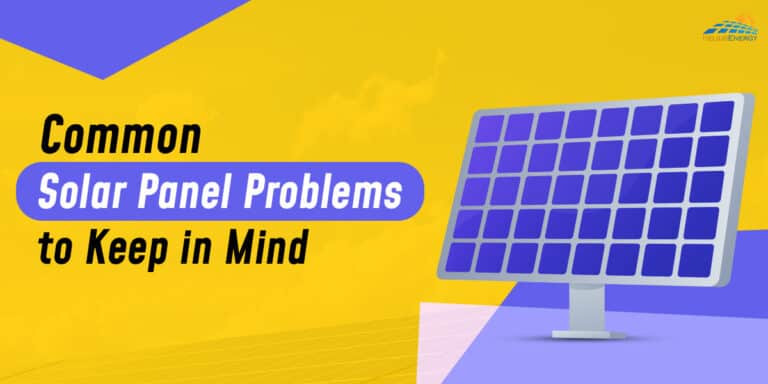
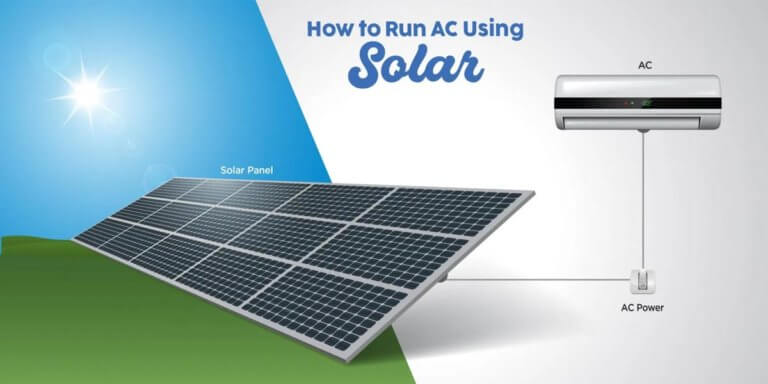
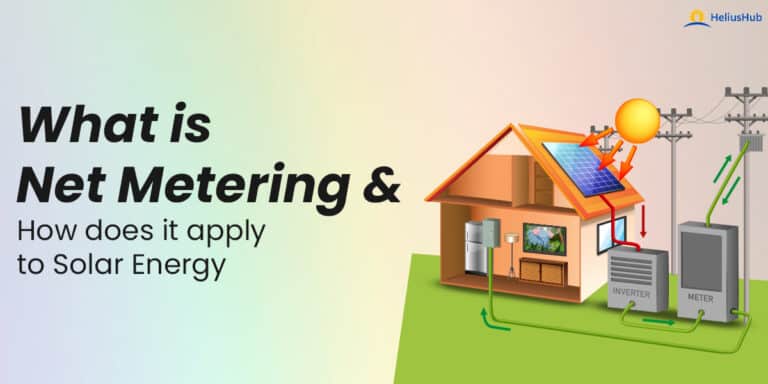
OMG!
Window Tinting?
Hell yeah! Would definitely prefer Window Tinting.
Why???